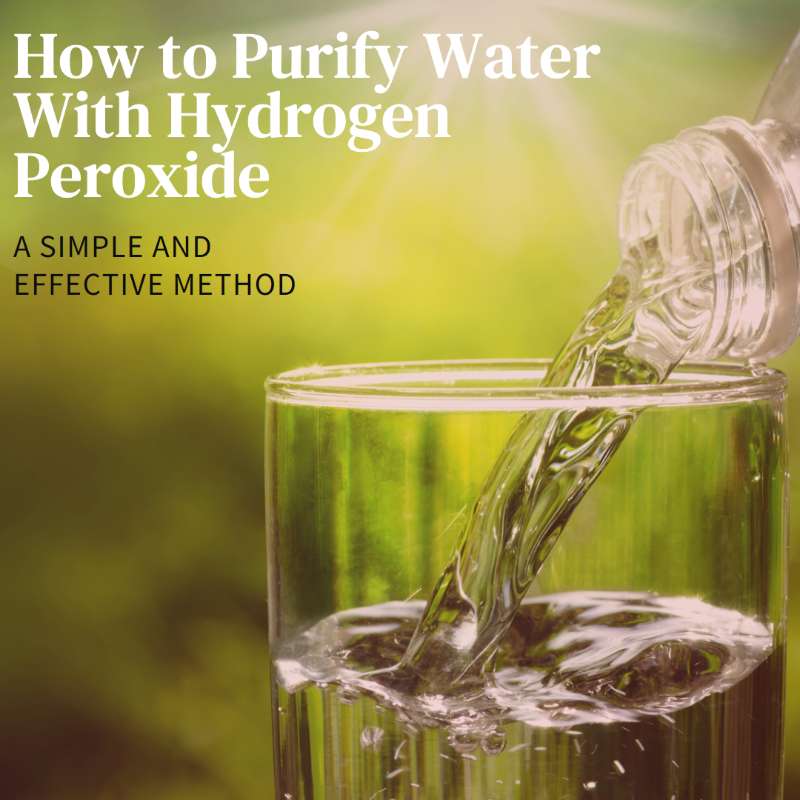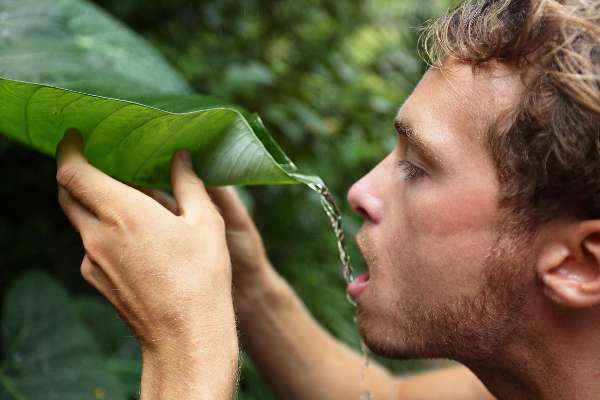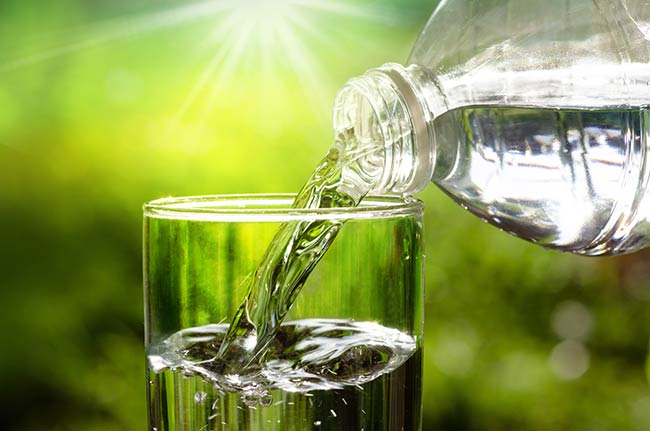How to Purify Water With Hydrogen Peroxide

Make sure to like Living Green and Frugally on Facebook, Shop at Amazon to help support my site and explore our PINTEREST BOARDS for innovative ways you can become self-sufficient.
Purifying Water with Hydrogen Peroxide: A Comprehensive Guide to Safe Water Treatment
Access to clean and safe drinking water is essential for maintaining good health. While there are various methods for purifying water, using hydrogen peroxide is a lesser-known yet effective approach. Hydrogen peroxide (H2O2) is a powerful oxidizing agent that can eliminate bacteria, viruses, and other contaminants.
In this article, we will explore the benefits of using hydrogen peroxide for water purification and provide a step-by-step guide on how to do it safely.

Understanding Hydrogen Peroxide:
Hydrogen peroxide is a chemical compound composed of two hydrogen atoms and two oxygen atoms, resulting in its chemical formula H2O2. It is a pale blue liquid that appears colorless in a dilute solution. Hydrogen peroxide is commonly used as a disinfectant and bleaching agent, making it a suitable choice for water purification.
Advantages of Using Hydrogen Peroxide for Water Purification:
- Efficient Disinfection: Hydrogen peroxide is known for its strong oxidizing properties, making it effective in destroying a wide range of microorganisms, including bacteria, viruses, and fungi. It provides a comprehensive approach to water disinfection.
- Chemical Decomposition: When hydrogen peroxide breaks down, it produces oxygen and water, leaving no harmful byproducts. This makes it an environmentally friendly option for water treatment.
- Wide-Spectrum Action: Hydrogen peroxide is capable of eliminating both surface contaminants and those present in the water column. It is effective against various pathogens, ensuring a thorough purification process.
- Easy Availability: Hydrogen peroxide is readily available in most households and can be easily obtained from pharmacies or stores. This accessibility makes it a convenient option for emergency water purification.

Safety Precautions:
Before using hydrogen peroxide for water purification, it is crucial to follow these safety precautions to ensure that the process is conducted safely:
- Choose the Right Concentration: Hydrogen peroxide is available in different concentrations. For water purification, it is recommended to use a 3% solution. Higher concentrations can be corrosive and pose health risks.
- Handle with Care: Always wear protective gear such as gloves and safety goggles when handling hydrogen peroxide. Avoid direct contact with the skin, eyes, or clothing.
- Ventilation: Perform the water purification process in a well-ventilated area to prevent inhalation of fumes. Ensure proper airflow to disperse any gas released during the reaction.
- Storage: Store hydrogen peroxide in a cool, dark place, away from direct sunlight. Exposure to light can cause it to break down more quickly.
Steps for Water Purification:
View this post on Instagram
Now, let’s outline a step-by-step guide on how to purify water using hydrogen peroxide:
- Gather Materials:
- 3% hydrogen peroxide solution
- Clean container for water
- Stirring rod or spoon
- Timer or clock
- Measure Hydrogen Peroxide: For every gallon of water, add approximately 1/8 cup (30 ml) of 3% hydrogen peroxide.
- Mix Thoroughly: Stir the hydrogen peroxide into the water, ensuring even distribution.
- Allow Reaction: Let the mixture sit for at least 30 minutes to allow hydrogen peroxide to react with contaminants. Stir occasionally during this period.
- Aerate the Water: If possible, aerate the water by pouring it between containers to increase oxygen exposure. This helps in further breaking down the hydrogen peroxide.
- Wait for Degradation: Wait an additional 15-30 minutes to allow any remaining hydrogen peroxide to degrade into oxygen and water.
- Test the Water: Use water testing strips to ensure that the hydrogen peroxide concentration is within safe levels before consuming the treated water.
Purifying water with hydrogen peroxide is a practical and efficient method when done correctly. By following the outlined steps and adhering to safety precautions, individuals can ensure the production of clean, safe drinking water. However, it is essential to exercise caution, handle hydrogen peroxide responsibly, and regularly test the treated water to guarantee its safety for consumption.